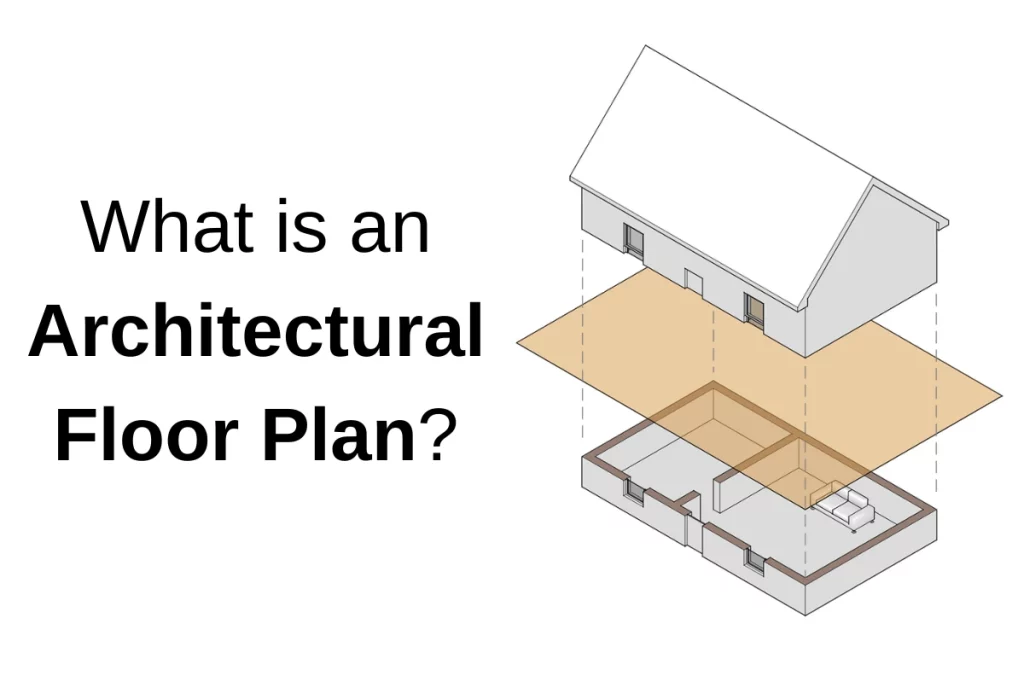Although it may seem like a bad thing, change orders are a regular and necessary occurrence for any construction project, regardless of the size. Whether it’s accounting for something that wasn’t thought of in design, an unforeseen condition, or the removal of a portion of the work, it’s almost inevitable that something will change in the construction process. These changes can affect the project’s budget, scope, and timeline.
Enter change orders. A change order is issued to document the changes and ensure that all parties involved are aware of them as well as alter the construction contract.
Read on to learn what a change order is, when it’s necessary, how to create one, and why it’s essential in construction projects.
What is a Change Order?
A change order is a written agreement between the owner and the contractor that outlines any modifications or changes to the original construction contract. It includes changes to the project’s scope, timeline, budget, or any other aspect of the contract. Change orders are usually used when the project owner (or other parties involved) want to or are required to make changes that are not included in the original contract.
Change orders are used when a contingency or allowance isn’t used.
What are some common reasons for change orders in construction projects?
Some common reasons for change orders include:
- Changes in the design (different light fixtures, changing the flooring, etc.)
- Changes in the construction schedule. This could be due to long lead times, forces of nature, or other delays.
- Unforeseen conditions. This might include something like issues during excavation or issues uncovered during demolition for a renovation project.
- Unexpected costs. The prices of commodities can rise and fall, as well as the cost of products based on supply and demand or material shortages.
How to Create a Change Order?
Creating a change order involves several steps.
- The first step is to identify the reason for the change and determine the impact it will have on the project.
- Next, the contractor and project owner need to negotiate the terms of the change, including the cost, timeline, and any other necessary changes.
- Once the terms are agreed upon, the change order should be written, reviewed, and signed by all parties involved. The change order should also be added to the original contract to ensure that all parties have a complete understanding of the project’s scope.
Using AIA Documents: G701
The American Institute of Architects (AIA) has a series of pre-written contracts and documents for use by architects, owners, contractors, and others in the construction field. If your project is utilizing AIA forms, the G701 is the standard document for change orders.
The purpose of the G701 form is to ensure transparency and prevent misunderstandings or disputes that may arise due to changes in a construction project. It helps maintain a record of alterations to the original contract, allowing all parties involved to have a clear understanding of the modifications made and their impact on the project’s timeline and budget.
An example of the G701 form can be found here.
Who can initiate a change order in a construction project?
Change orders can be initiated by any party involved in the construction process including the owner, sub consultants, GC, architects or designers, and others. However, the owner and general contractor (or contractor if no GC is used) are the parties who need to sign the documentation. If an architect is involved, they should sign it as well.
Tracking Change Orders
Although the GC will track change orders, it’s important for you to track all of your expenses through out the construction process. That way you can double check the GC’s records and make sure that nothing is missed.
If you don’t have a budget put together yet, or want to track your change orders, I’ve created a budget spreadsheet to help you along the way.
Why are Change Orders Important in Construction Projects?
Change orders are essential in construction projects because they provide a clear and documented record of any modifications or changes to the original contract. They help to ensure that all parties involved in the project are aware of any changes, and they help to avoid any misunderstandings or disputes that may arise.
Additionally, change orders help to keep the project on track and on budget by ensuring that any changes are approved and accounted for. They also help protect the owner from surprise charges later or at the end of construction.
The Importance of Proper Documentation
Proper documentation is essential in a change order to ensure that all parties involved understand the changes and their impact on the project. The documentation should include the reason for the change, the impact it will have on the project, and any modifications to the contract. The documentation should also include the signatures of all parties involved, as well as the date the change order was issued.
Main Image: Image by master1305 on Freepik




